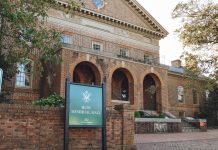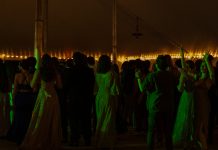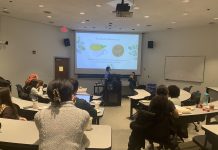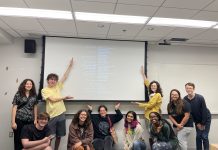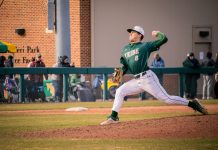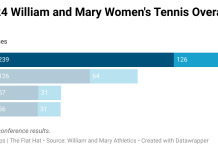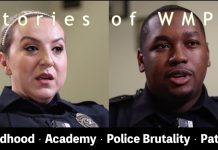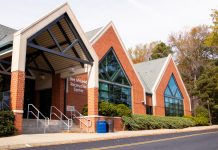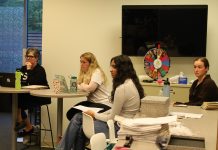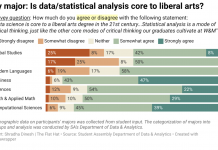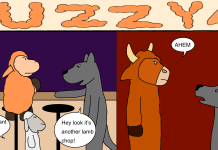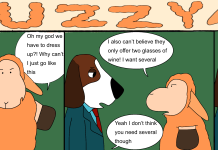Covering the preparations for this year’s Charter Day celebration at the College of William and Mary has been a veritable emotional rollercoaster for the Flat Hat staff. Obviously, we were initially elated by the prospect of reveling in the respective celebrity (or notoriety, given one’s musico-political biases) of headlining musical act The Roots and guest speaker, and House Majority Leader Representative Eric Cantor. But, our excitement, ecstatic as it was, soon gave way to the inevitable question: What exactly is Charter Day, again?
Upon cursory straw poll, our staff was hard pressed to describe what precisely went on at the ceremony, since no one had ever been. While a check with the endlessly useful Earl Gregg Swem Special Collections database soon put us in the know concerning the celebration’s historical trivia, we remained confused.
Why, we wondered, the sudden importance placed on Charter Day? The $50,000 AMP and the Student Assembly had pledged toward attracting a “big-name” act for the inaugural concert is significantly more money than used to attract artists for other, already-established College concerts — like those at Homecoming or Blowout. Did we really need to create another?
We understand that any tradition must at some point be artificially structured. This has been true of Charter Day from its inception. Students have past College President John Stewart Bryan, apparently a sucker for ceremony, to thank for both Charter Day and Yule Log ceremonies. He initiated the first Charter Day, then known as Founders Day, in 1937 as a commemoration of the Royal Charter, signed by King William III and Queen Mary II in 1693, which established the College. That first ceremony drew together, and placed emphasis on, certain aspects of the College’s past, while celebrating them in a novel way. The history of Charter Day has always involved reinvigorating the ceremony — welcoming Prince Charles to speak in 1993, Henry Kissinger in 2001 — as a way of then rediscovering the history that ceremony commemorates. This concert, if crafted correctly, could play a similarly reinvigorating role.
But, in order for the concert to become part of the Charter Day tradition, it needs longevity. The SA and AMP certainly have large sums at their disposal, but a $50,000 yearly expenditure can’t possibly be sustainable — not to mention the particularly ironic fact that starting a tradition that putters out after a few years would hardly be in the Spirit of Charter Day.
Instead, both AMP and the SA must construct a long-term plan both to continue funding the concert into the future, as well as to attempt to solidify its newfound place in the pantheon of College-sponsored activities.
We would also advise against prioritizing the concert over the ceremony’s guest speaker — both are important. The concert will be able to draw the attention of students not titillated by College history, but the speaker can address the tradition itself — we are probably safe in presuming that Cantor’s address is much more likely to speak to the history of Charter Day than is The Roots’ stage banter.)
The founding of a Charter Day concert presents a certain amount of promise, a promise we might find even more exciting than The Roots. (No, scratch that. We are excited for the Roots.) But, as any good student of Charter Day will tell you, the beginning is important, but so is the follow-through.

